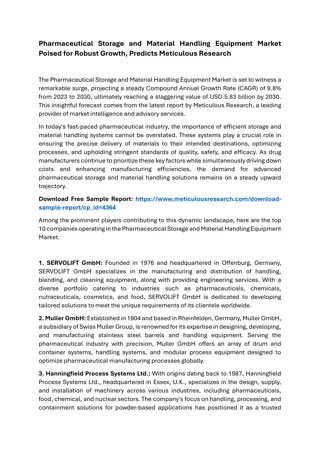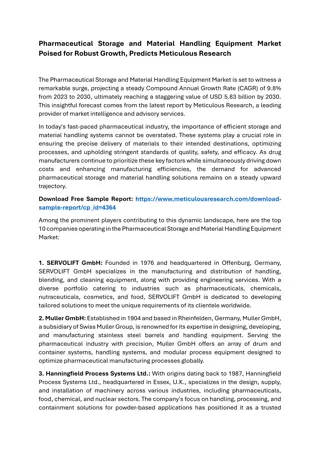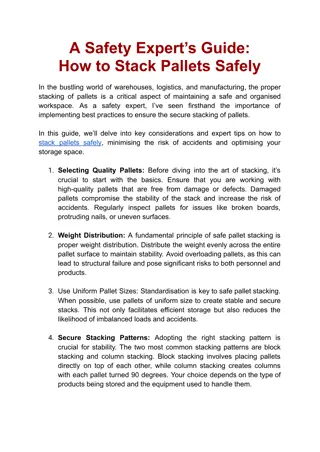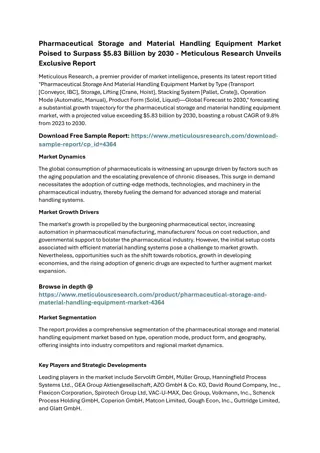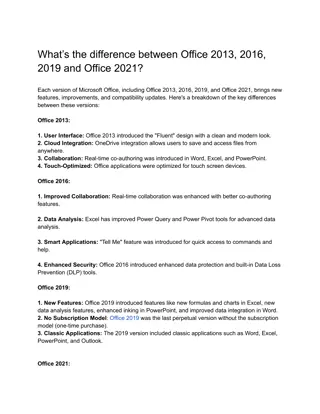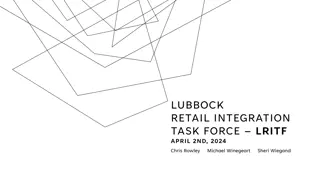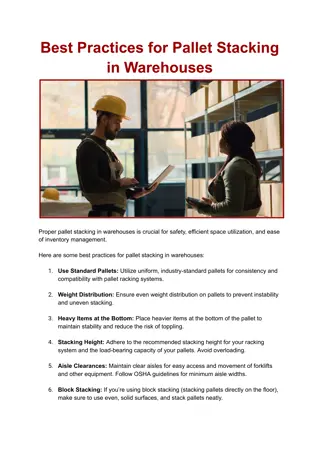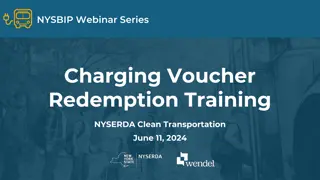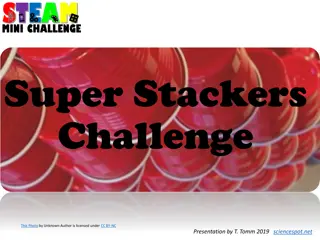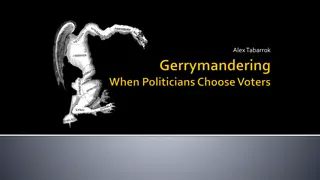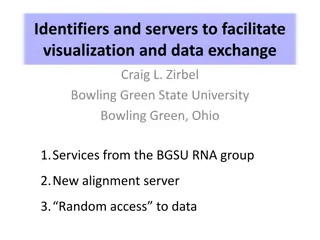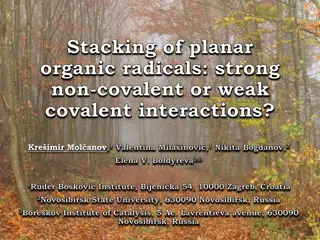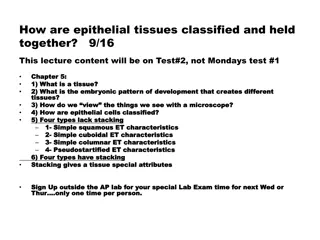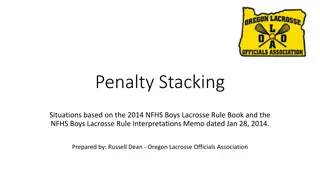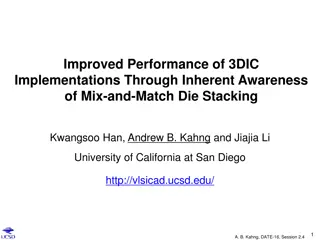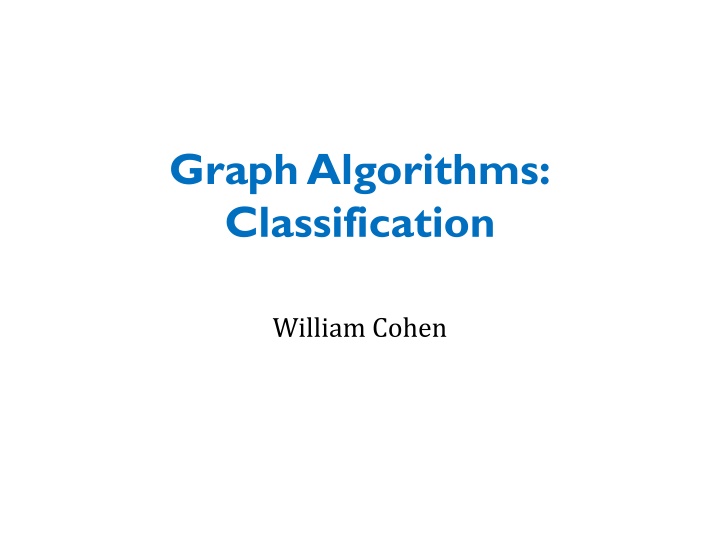
Learning Challenges in Graph Algorithms and WebSpam Detection
Explore graph algorithms, supervised learning on graphs, and the detection of web spam on large datasets like WEBSPAM 2006. Features and properties of graphs, including content-based and link-based features, are analyzed to tackle learning problems on graphs effectively.
Download Presentation

Please find below an Image/Link to download the presentation.
The content on the website is provided AS IS for your information and personal use only. It may not be sold, licensed, or shared on other websites without obtaining consent from the author. If you encounter any issues during the download, it is possible that the publisher has removed the file from their server.
You are allowed to download the files provided on this website for personal or commercial use, subject to the condition that they are used lawfully. All files are the property of their respective owners.
The content on the website is provided AS IS for your information and personal use only. It may not be sold, licensed, or shared on other websites without obtaining consent from the author.
E N D
Presentation Transcript
Graph Algorithms: Classification William Cohen
Outline Last week: PageRank one algorithm on graphs edges and nodes in memory nodes in memory nothing in memory This week: William s lecture (Semi)Supervised learning on graphs Properties of (social) graphs Joey Gonzales guest lecture GraphLab
Example of a Learning Problem on Graphs WebSpam detection Dataset: WEBSPAM 2006 crawl of .uk domain 78M pages, 11,400 hosts 2,725 hosts labeled spam/nonspam 3,106 hosts assumed non/spam (.gov.uk, ) 22% spam, 10% borderline graph: 3B edges, 1.2Gb content: 8x 55Gb compressed summary: 3.3M pages, 400 pages/host
Features for spam/nonspam - 1 Content-based features Precision/recall of words in page relative to words in a query log Number of words on page, title, Fraction of anchor text, visible text, Compression rate of page ratio of size before/after being gzipped Trigram entropy
Content features Aggregate page features for a host: features for home page and highest PR page in host average value and standard deviation of each page feature
labeled nodes with more than 100 links between them
labeled nodes with more than 100 links between them
labeled nodes with more than 100 links between them
Features for spam/nonspam - 2 Link Link- -based features based features of host indegree/outdegree PageRank TrustRank, Truncated TrustRank roughly PageRank personalized to start with trusted pages (dmoz) also called RWR PR update: v vt+1 = cu u + (1-c)Wv Personaled PR update: v vt+1 = cp p + (1-c)Wv p p is a personalization vector number of d-supporters of a node x d-supports y iff shortest path x y has length d computable with a randomized algorithm Wvt Wvt
Initial results Classifier bagged cost-sensitive decision tree
Are link-based features enough? We could construct a useful feature for classifying spam if we could classify hosts as spam/nonspam
Are link-based features enough? Idea 1 Cluster full graph into many (1000) small pieces Use METIS If predicted spam-fraction in a cluster is above a threshold, call the whole cluster spam If predicted spam-fraction in a cluster is below a threshold, call the whole cluster non-spam
Are link-based features enough? Clustering result (Idea 1)
Are link-based features enough? Idea 2: Label propogation is PPR/RWR initialize v v so v[host] (aka vh) is fraction of predicted spam nodes update v v iteratively, using personalized pageRank starting from predicted spammyness
Are link-based features enough? Results with idea 2:
Are link-based features enough? Idea 3: Stacking Compute predicted spammyness of a host p(h) by running cross-validation on your data, to avoid looking at predictions from an overfit classifier Compute new features for each h average predicted spammyness of inlinks of h average predicted spammyness of outlinks of h Rerun the learner with the larger feature set At classification time use two classifiers one to compute predicted spammyness w/o the new inlink/outlink features one to compute spammyness with the features which are based on the first classifier
Baseline: Relational Dependency Network Aka pseudo-likelihood learning Learn Pr(y|x1, ,xn,y1, ,yn): predict class give local features, and classes of neighboring instances (as features) requires classes of neighboring instances to be available to run classifier true at training time, not not test time At test: randomly initialize y s repeatedly pick a node, and pick new y from learned model Pr(y|x1, ,xn,y1, ,yn) Gibbs sampling
More detail on stacking [Kou & Cohen, SDM 2007] Summary: very fast at test time easy to implement easy to construct features that rely on aggregations of neighboring classifications on-line learning + stacking avoids cost of cross- validation (Kou, Carvalho, Cohen 2008) But: does not extend well to semi-supervised learning does not always outperform label propagation especially in natural social-network like graphs


